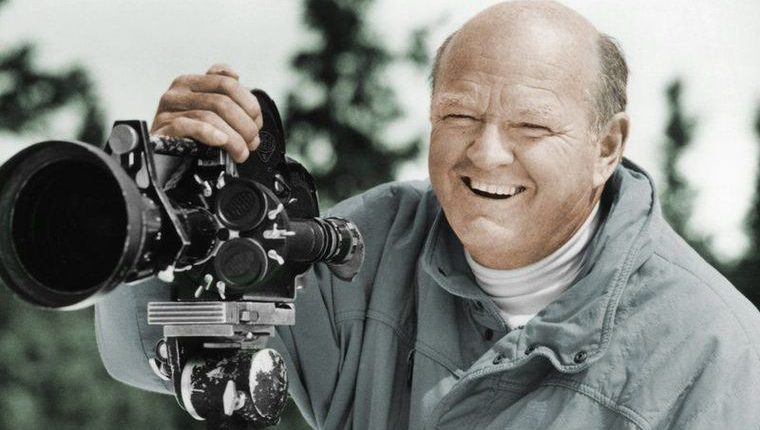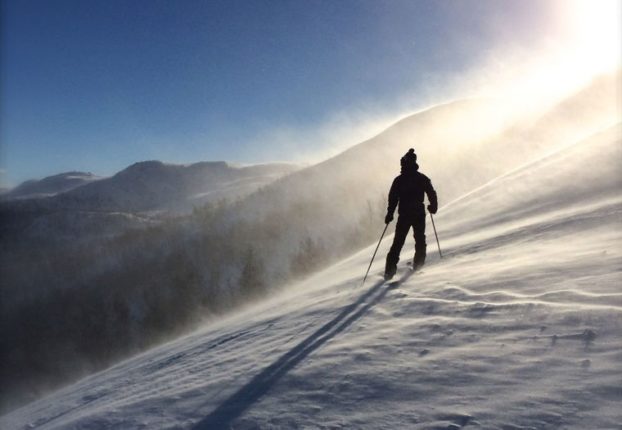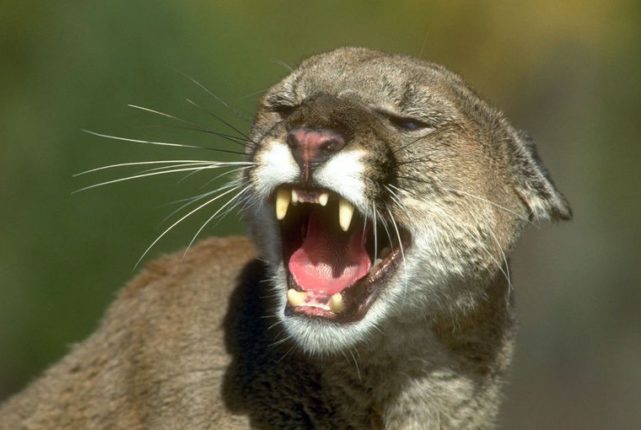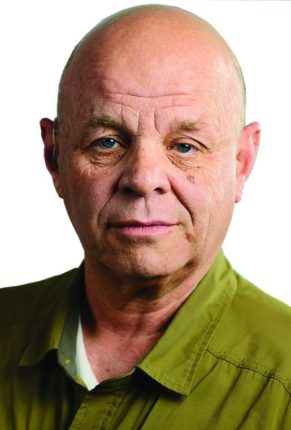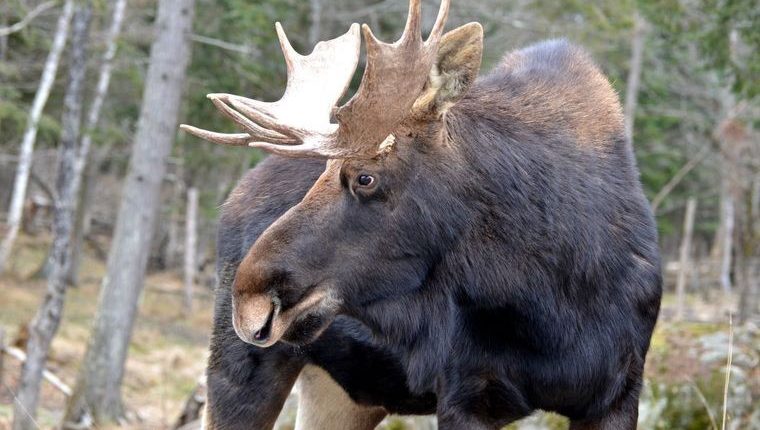After wandering around Illinois, Iowa, Missouri and Wisconsin for a couple years, I was ready to come home and continue college, hunting and skiing.
My younger brother had turned into a pretty good skier, so he usually went with me when I came home from school to ski Skyline (Pebble Creek) near Inkom.
I would usually come home Friday night, and we would go skiing Saturday.
My brother usually skied with a group of friends. My skiing friends had mostly left the area, so my brother’s friends often skied with us. I really didn’t mind, most of them were pretty good skiers and kept up, while a couple had more courage than sense or skill and were fun to watch wipe out and roll down the hill.
During one trip, we took the trail over to the Sun Bowl early in the morning and found an untracked run. We had a lot of fun skiing in powder that was up to my knees. Those 11- and 12-year-olds cut through the powder like they were born to ski.
About half-way down, we stopped and saw a young skier’s dream — a natural jump that curved up slightly just above a steep downgrade for the landing. They all took off, trying to be the first to go off the jump. As the first boy hit the base of the jump, he didn’t rise up but disappeared into a snow bank, and then we heard a loud crack. It wasn’t a jump, it was a big rock that had been completely covered by the last snowstorm.
We pulled him out of the hole he had made in the snowbank and found he had broken one ski and hit his face on the rock. I wiped the blood off of his face and found no serious cuts. His nose was not broken, but it was bleeding. Once we got the bleeding to stop, he said he was OK and skied down to the lodge on one ski. Tough kid.
On another occasion while skiing with my brother, he saw a tree with a split trunk. The trunk had split right and left about a foot above the snow. My brother decided to do a scissors jump with one leg straight forward and one leg straight back, sort of like doing the splits while flying through the crotch of the tree.
I didn’t think he could clear it with his skis on, but he was confident that he could and headed for the tree. As he approached, he jumped up and extended his left leg and ski straight forward and his right leg and ski straight behind him as he passed through the crotch of the tree.
He got the left leg and ski through but caught his right ski between the split trunks. He came right out of his boot, and the boot and the ski stayed lodged against the tree trunks while he skied a little ways on one ski and fell over.
Our family has always enjoyed skiing at Grand Targhee, which is only accessible from the Idaho side through Driggs. One weekend my sister and her husband accompanied my brother and me. We ended up looking down a hill of untracked powder from the night before.
My brother and I knew that at the bottom of the hill there was a creek and a bridge that allowed skiers to cross over and ski down to the lift, which would take us back up the hill. Before we could explain to my sister and her husband that there was a creek and where the bridge was, my brother-in-law yelled, “I’m first” and pushed off.
We watched him go straight down the hill with a snow cloud completely obliterating any view of him moving down the hill. After abut a minute, the snow cloud dissipated, but there was no sign of my brother-in-law. The three of us who were left pushed off and followed his tracks down the hill.
Once at the bottom, we found his tracks had continued right over the bank of the creek, where he had crossed the creek in the air and dropped about 3 feet. The tips of his skis were embedded in the snow on the opposite bank.
The snow cloud had obscured his vision, and he sailed right over the creek bank without seeing it. At least he got across the creek. We skied over to the bridge after laughing for a couple of minutes, crossed over and helped him up and over, after which we skied on down to the lift.
By the early 1970s, I was in graduate school and skiing in Park City and Alta instead of returning home to ski on the weekends. My brother now had a driver’s license and would occasionally drive down to Provo, Utah, on Friday evening and ski with me on Saturday.
During one of those trips, he brought a friend with him to ski with us. A new area called Park City West had just opened and we decided to try it out. We drove up Provo Canyon to Heber and then over past Park City to Park City West.
We arrived early and we were some of the first skiers to take the lift to the top of the mountain. We skied along a ridge until we found a hill with untracked powder and decided to ski there. We pushed off and were really enjoying the snow that was about as high as our knees as we carved S-shaped tracks down the mountain.
When we were about half-way down, we stopped for a second to clear snow off our goggles and heard shouting from the top of the hill. Three ski patrolmen were yelling at us that we weren’t supposed to be skiing that hill and to wait for them to get down to us.
I figured that they were just trying to save the untracked powder for themselves and hadn’t thought anyone else would be there that early. I also was of the opinion that they were overhead for the resort and we were profit, so I said “to heck with waiting for them,” and I took off again. My brother agreed and took off with me. His friend didn’t know what to do, so he followed us.
What I didn’t know was that my brother’s friend hadn’t been skiing very long and was scared out of his wits at the speed we were now going. We came off the hill of powder onto a main run that was groomed and really started to increase speed.
My brother assumed the position of a downhill tuck, and I figured I was going fast enough and didn’t need to tuck to outrun the guys behind us, and my brother’s friend now had eyes as big as golf balls and a look of terror on his face, but he tried to stay with us.
As we steadily increased speed, my brother in his downhill tuck hit a washboard patch of the run, and skis started coming up and and hitting him in the mouth, but he didn’t fall or rise a little higher to stop getting hit. He just stayed in the tuck and kept going. As we came around a corner, we were able to ski into the back of a short line waiting for the lift to take us back up top.
I started thinking that the ski patrolmen would simply come around the corner and figure that the guys in the back of the line were the ones they were following when about 10 people skied into line in back of us.
My brother wiped the blood from the pummeling he took on the washboard off his face and we got his friend’s eyes back down to normal size, and waited.
The ski patrol came around the corner about 30 seconds later, looked at the people in the back of the line and decided we had skied on past the lift, so they continued on down the hill.
All in all, it was a great day of skiing and the three of us still laugh and kid each other about running from the ski patrol.
Smokey Merkley was raised in Idaho and has been hunting since he was 10 years old. He was a member of the faculty of Texas A&M University for 25 years. There he taught orienteering, marksmanship, self-defense, fencing, scuba diving and boxing. He was among the first DPS-certified Texas Concealed Handgun Instructors. He can be contacted at mokeydo41245@hotmail.com.

